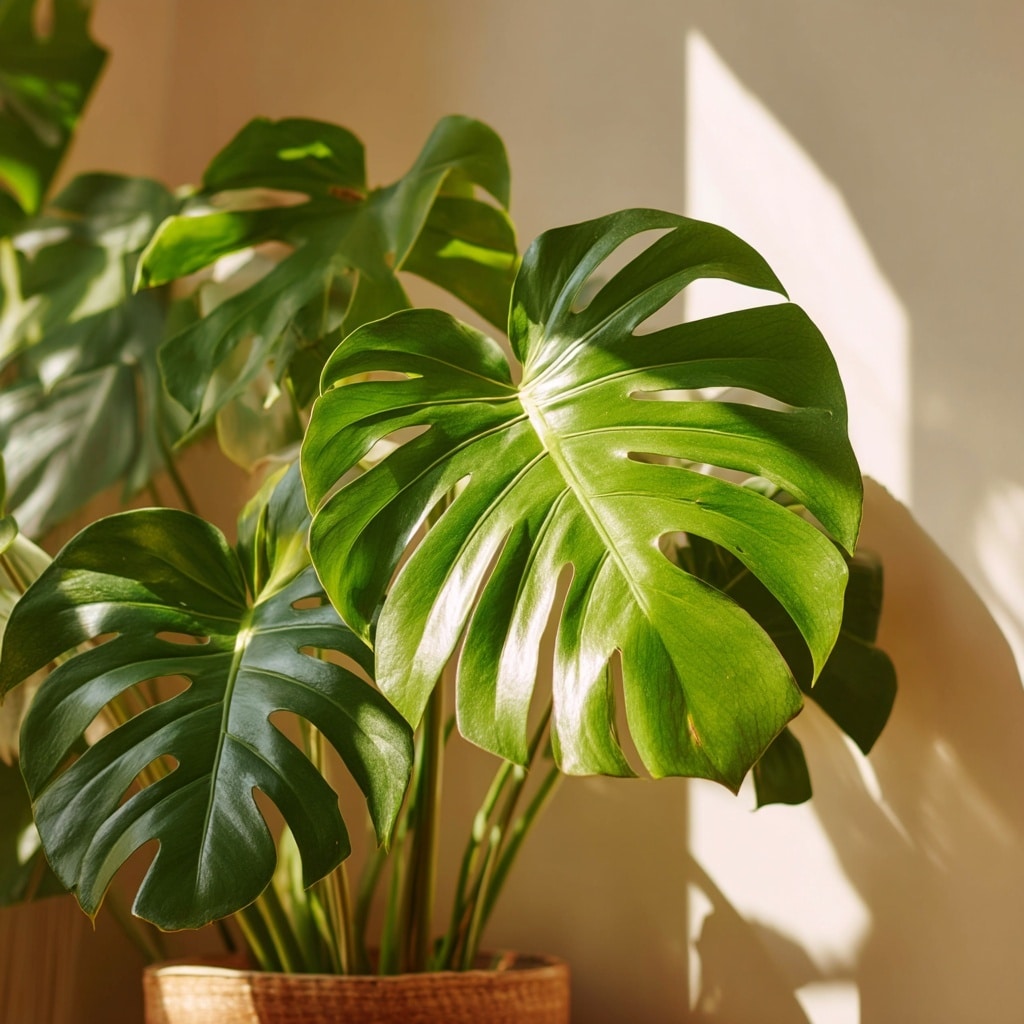Monstera plant lovers are constantly on the lookout for rare and striking varieties—and the pink monstera plant might just be the crown jewel of indoor gardening. With its bold, fenestrated leaves and rare hints of blush or variegated coloring, this plant doesn’t just sit quietly in a corner—it makes a statement. Whether you’re building your own lush indoor jungle or simply adding one dramatic piece to your décor, the monstera plant offers the perfect combination of elegance, low maintenance, and wow factor.
But before you buy the first pot you find online, it’s worth learning what makes these tropical beauties so desirable—and how to care for them properly to keep them thriving for years.
Table of Contents
What Makes the Monstera Plant Special?
The monstera plant has earned its place as one of the most iconic houseplants—and for good reason. Native to the tropical rainforests of Central and South America, this plant is known for its large, glossy leaves that often develop unique holes or splits, a process known as fenestration. These natural patterns aren’t just visually interesting; they serve a purpose in nature, allowing sunlight and rain to pass through to lower leaves in the dense jungle.
What truly sets the monstera apart from other houseplants is its balance between exotic looks and ease of care. It adapts well to a variety of indoor conditions, tolerates occasional neglect, and grows vigorously under the right care. For plant lovers who want something dramatic yet forgiving, the monstera plant hits the sweet spot.
Another standout feature is its versatility. Whether placed in a minimalist white pot or trailing from a hanging basket, a monstera can complement a wide range of interior styles—from boho chic to urban modern. It also improves indoor air quality, making it both a stylish and functional choice.
Perhaps most intriguing are the rare and highly sought-after varieties, like the pink monstera, which showcases blush-toned variegation or unusual leaf patterns that can transform an ordinary living room into a tropical sanctuary. These rarities are collector favorites and often come with a waitlist or a higher price tag, but their visual impact is well worth it.
Popular Types of Monstera Plants
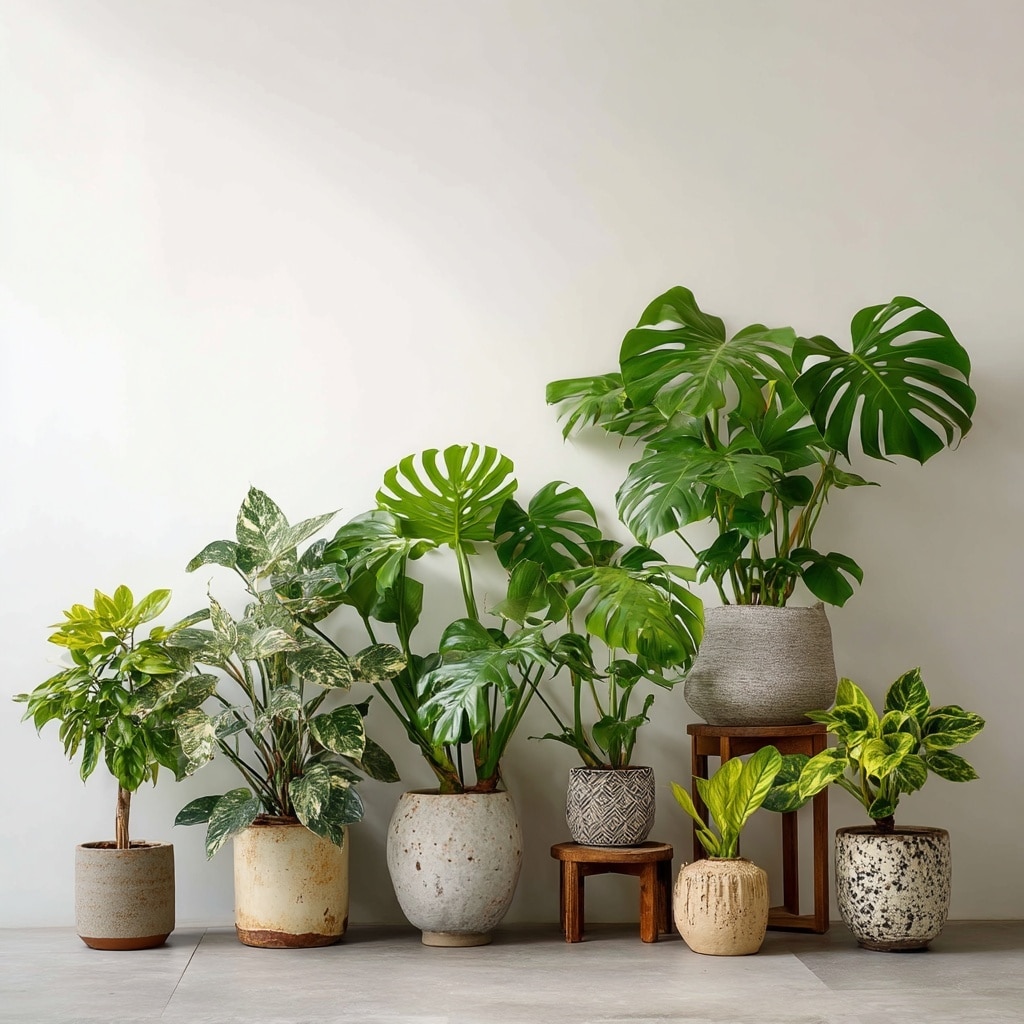
The monstera plant family includes several stunning varieties, each with its own charm. Whether you’re a beginner or a seasoned indoor gardener, there’s a monstera that fits your style and space. Below are some of the most popular types, including those known for rare variegation and unique leaf shapes.
Monstera Deliciosa (Swiss Cheese Plant)
Arguably the most well-known of all monstera varieties, Monstera deliciosa features large, glossy green leaves with deep splits and holes. It can grow impressively large indoors and is ideal for bright rooms with indirect light. As it matures, its foliage becomes even more dramatic—making it the centerpiece of any plant collection. Deliciosa is also the easiest to find and care for, making it a great starting point.
Monstera Adansonii
Known as the “Swiss Cheese Vine,” Monstera adansonii is smaller and more delicate than deliciosa, with narrow leaves filled with oval-shaped holes. Its vining habit makes it perfect for hanging planters or trailing along shelves. It thrives with bright, indirect light and moderate watering, and its fast growth makes it satisfying to care for.
Monstera Albo Variegata
This variety is a showstopper thanks to its white and green marbled leaves. Monstera albo variegata is rare and highly sought after, with unique leaf patterns that vary from plant to plant. Because of its variegation, it requires a bit more attention—particularly with light. Too little sun can fade the white portions, while too much can scorch them. Despite being more finicky, it’s a prized addition for collectors.
Monstera ‘Monkey Mask’
A quirky cousin to the adansonii, the Monkey Mask monstera has slightly thicker, heart-shaped leaves with prominent holes. Its compact growth makes it a favorite for apartments and smaller indoor spaces. Like other varieties, it prefers consistent watering and a warm, humid environment.
Monstera Siltepecana
Siltepecana is an underrated beauty with elongated leaves that feature a silvery sheen when young. As the plant matures, its foliage changes shape and may develop fenestrations. It climbs naturally, making it ideal for moss poles or trellises. If you’re looking to add variety to your monstera collection, this one brings a unique texture and color.
Monstera Standleyana Albo
Often mistaken for a philodendron, this rare variety boasts slender, dark green leaves with streaks of white or cream. It’s also called “Philodendron Cobra,” though it’s a true monstera. Standleyana Albo grows as a vine, and with proper support, can become a tall and elegant statement plant.
How to Care for a Monstera Plant
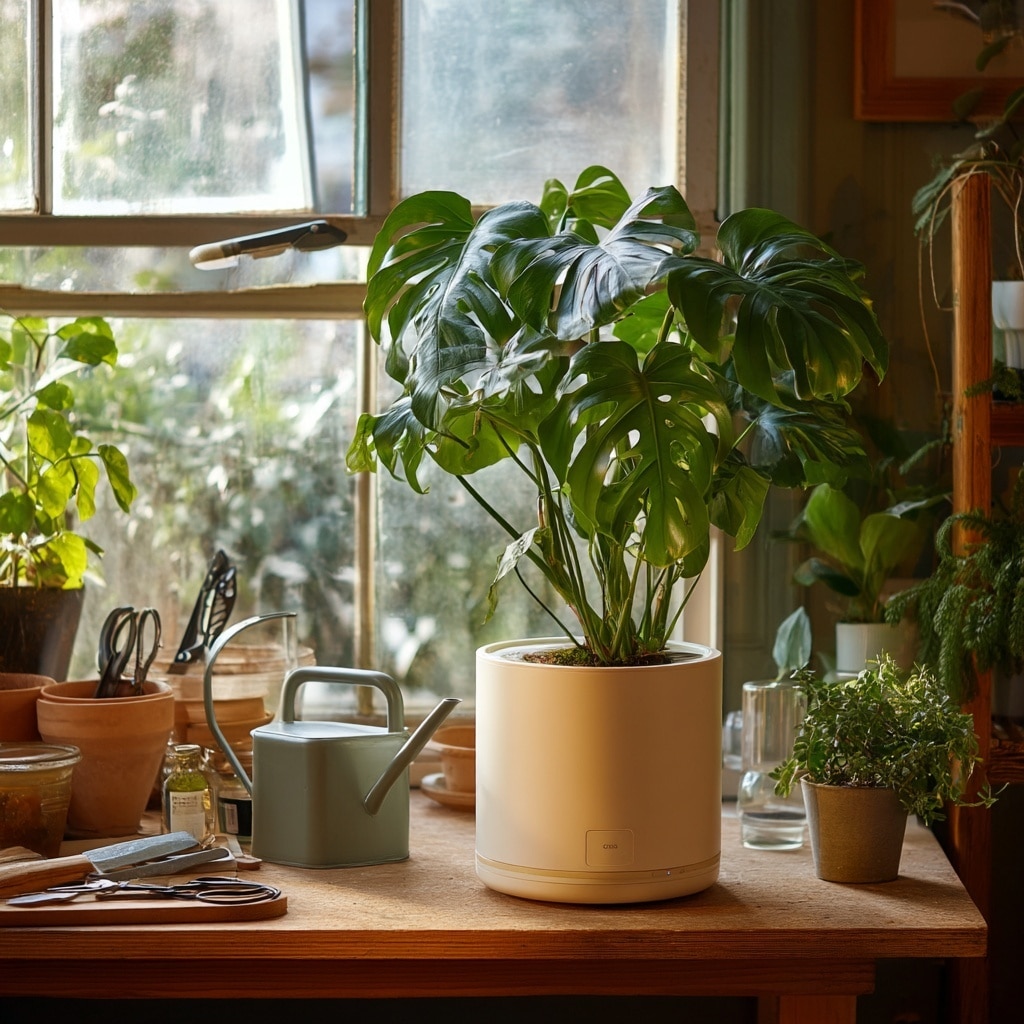
Caring for a monstera plant is relatively easy once you understand its basic needs. These tropical houseplants are resilient and adaptable, but a few key practices will help them grow lush and healthy. Whether you’re tending a classic deliciosa or a rare pink monstera, the following care guidelines will keep your plant thriving.
Light Requirements
Monsteras prefer bright, indirect light. Too much direct sunlight can scorch their leaves, especially for variegated types like the pink monstera or monstera albo. On the other hand, too little light can slow growth and reduce the formation of the characteristic leaf holes (fenestrations).
Tip: Place your monstera near an east- or north-facing window, or filter strong sunlight with sheer curtains if your plant sits near a south- or west-facing window.
Watering
Monstera plants like moderately moist soil, but hate being waterlogged. Let the top 2–3 cm (1 inch) of soil dry out between waterings. Overwatering can lead to root rot, while underwatering may cause leaves to curl or droop.
- In summer: Water once a week, adjusting based on humidity and pot size.
- In winter: Cut back to every 10–14 days.
Always use pots with drainage holes, and empty saucers after watering.
Soil & Fertilizer
Use a well-draining, aerated potting mix. A blend containing peat, bark, and perlite or pumice works best. This mimics the monstera’s natural rainforest environment, where roots enjoy both moisture and airflow.
Feed your monstera with a balanced, water-soluble fertilizer every 4–6 weeks during the growing season (spring and summer). Skip fertilizing during winter when growth slows.
For variegated varieties like the pink monstera, proper nutrition helps maintain vibrant leaf coloration.
Pruning & Training
Monsteras are vigorous growers and may need pruning to maintain their shape. Use clean, sharp scissors to remove yellowing or damaged leaves. You can also trim leggy stems to encourage bushier growth.
As climbing plants, most monstera varieties benefit from moss poles or trellises. Training the plant vertically not only saves space but also encourages larger, more fenestrated leaves.
Tip: Wipe the leaves occasionally to remove dust, which helps them photosynthesize more efficiently.
Humidity & Temperature
Being tropical natives, monsteras love humidity. While they can adapt to average home humidity levels, they truly thrive in environments with 50%–70% humidity.
- Use a pebble tray or humidifier in dry climates.
- Keep away from cold drafts or heaters.
Ideal temperature range: 18–28°C (65–82°F).
Common Problems & Fixes for Your Monstera Plant
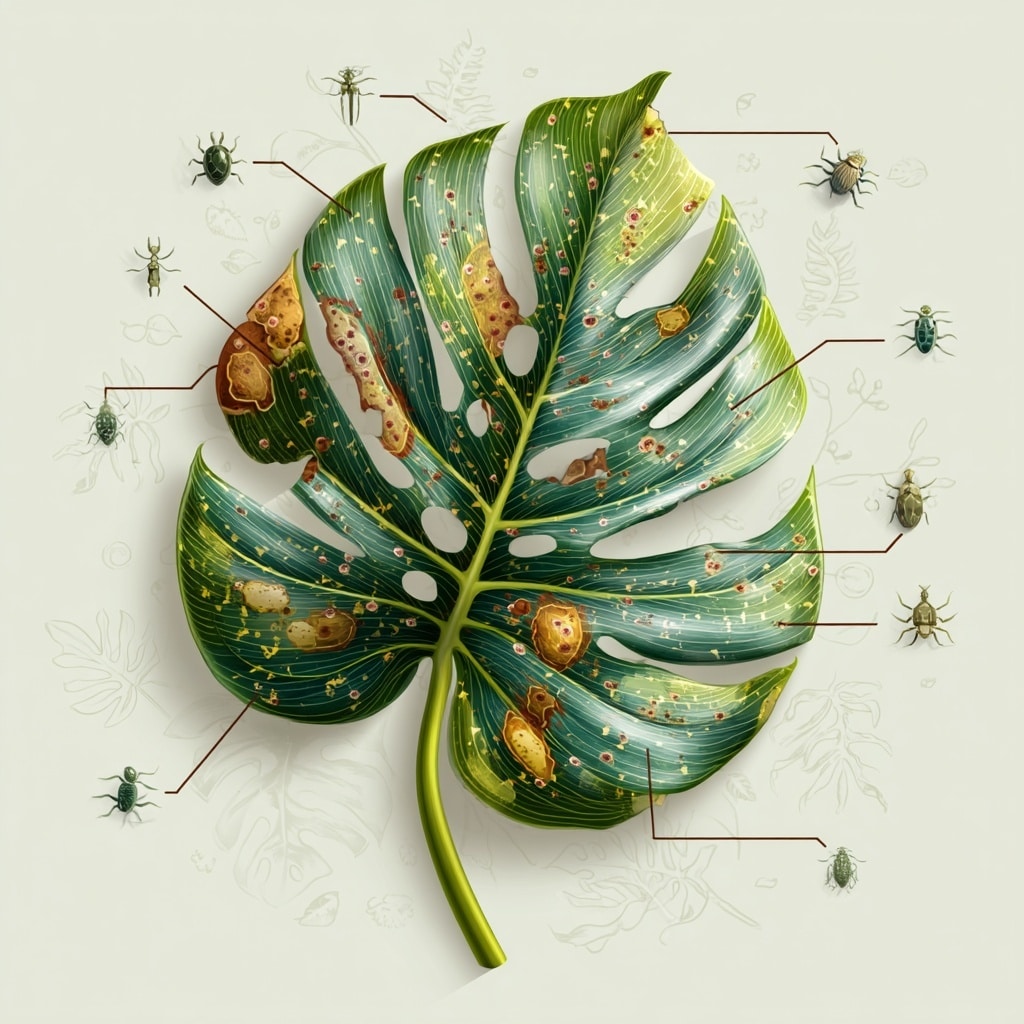
Even though the monstera plant is known for being low-maintenance, it can still face a few common issues—most of which are easy to diagnose and treat. Here’s how to spot trouble early and keep your monstera happy and healthy.
Yellowing Leaves
Cause: Overwatering or poor drainage
Fix: Let the soil dry out before watering again. Make sure your pot has drainage holes and that excess water isn’t pooling at the bottom. If yellowing persists, repot with fresh, well-draining soil.
Brown Leaf Edges or Tips
Cause: Low humidity, underwatering, or salt build-up from fertilizers
Fix: Increase humidity with a pebble tray or humidifier. Ensure consistent watering, and flush the soil monthly with clean water to remove salt residue.
No Leaf Holes (Fenestration)
Cause: Insufficient light or immature plant
Fix: Move your monstera to a brighter location with indirect light. As the plant matures and gets more light, the iconic leaf holes will begin to form more regularly.
Pests (Mealybugs, Spider Mites, Fungus Gnats)
Cause: Warm, humid conditions and poor air circulation
Fix: Wipe leaves with insecticidal soap or neem oil. For fungus gnats, let the soil dry out and use sticky traps. Keep leaves clean and check the undersides regularly.
Drooping or Wilting
Cause: Either overwatering or underwatering
Fix: Feel the soil—if it’s soggy, reduce watering; if dry, give it a good soak. Establish a consistent watering routine based on the season and pot size.
Cold Damage
Cause: Exposure to temperatures below 10°C (50°F)
Fix: Move the plant away from drafty windows or doors. Avoid placing it near air conditioners or heaters, which can stress the plant with temperature swings.
Staying proactive with care, watching for early signs of stress, and giving your monstera plant the environment it needs will prevent most of these problems. With the right balance of light, moisture, and attention, even rare varieties like the pink monstera can thrive in your home.
Styling Tips: Using Monstera Indoors

The monstera plant isn’t just easy to care for—it’s also incredibly stylish. Its dramatic, leafy presence makes it a natural fit for a variety of interior design themes, whether you’re decorating a cozy flat or a spacious home office. Here are some fresh ideas for integrating this tropical favorite into your indoor spaces.
Make It a Focal Point
Thanks to their large, sculptural leaves, monstera plants are perfect for anchoring a room. Place a mature monstera deliciosa in a minimalist white or terracotta pot and set it in an empty corner or beside a couch. It will instantly soften hard lines and add a touch of nature to modern interiors.
Use Vertical Space
Many monstera varieties, especially vining types like monstera adansonii and standleyana albo, are natural climbers. Train them up a moss pole or trellis to draw the eye upward and add vertical interest. This works particularly well in tight spaces or apartments where floor space is limited.
Hanging Planter Magic
Smaller or trailing monsteras like monstera monkey mask look stunning in hanging baskets. Hang them in a well-lit corner or near a window, and let the leaves cascade down. The contrast between the greenery and clean wall space creates a balanced, serene aesthetic.
Pair with Complementary Plants
Combine your monstera plant with others that have contrasting leaf shapes or colors. Try pairing with:
- Snake plants (for upright, spiky contrast)
- Calatheas or fittonias (for vibrant color and pattern)
- ZZ plants or pothos (for low-maintenance layering)
This creates a lush, layered look that mimics a mini indoor jungle.
Frame the Space
Use monstera plants to frame furniture, like placing one on each side of a TV console, bookshelf, or entryway table. Their flowing foliage can soften the look of electronics and sharp-edged furniture.
The Pink Monstera Touch
If you’re lucky enough to own a pink monstera plant or a similar rare variety, make it your centerpiece. Choose a sleek, neutral pot that won’t distract from its color. Place it on a plant stand or elevated shelf to showcase its unique hues and encourage even light exposure.
No matter your aesthetic, a monstera plant adds depth, freshness, and organic beauty to your interiors. The key is to give it space to shine and light to grow—and it will reward you with show-stopping foliage all year round.
Where to Buy a Monstera Plant
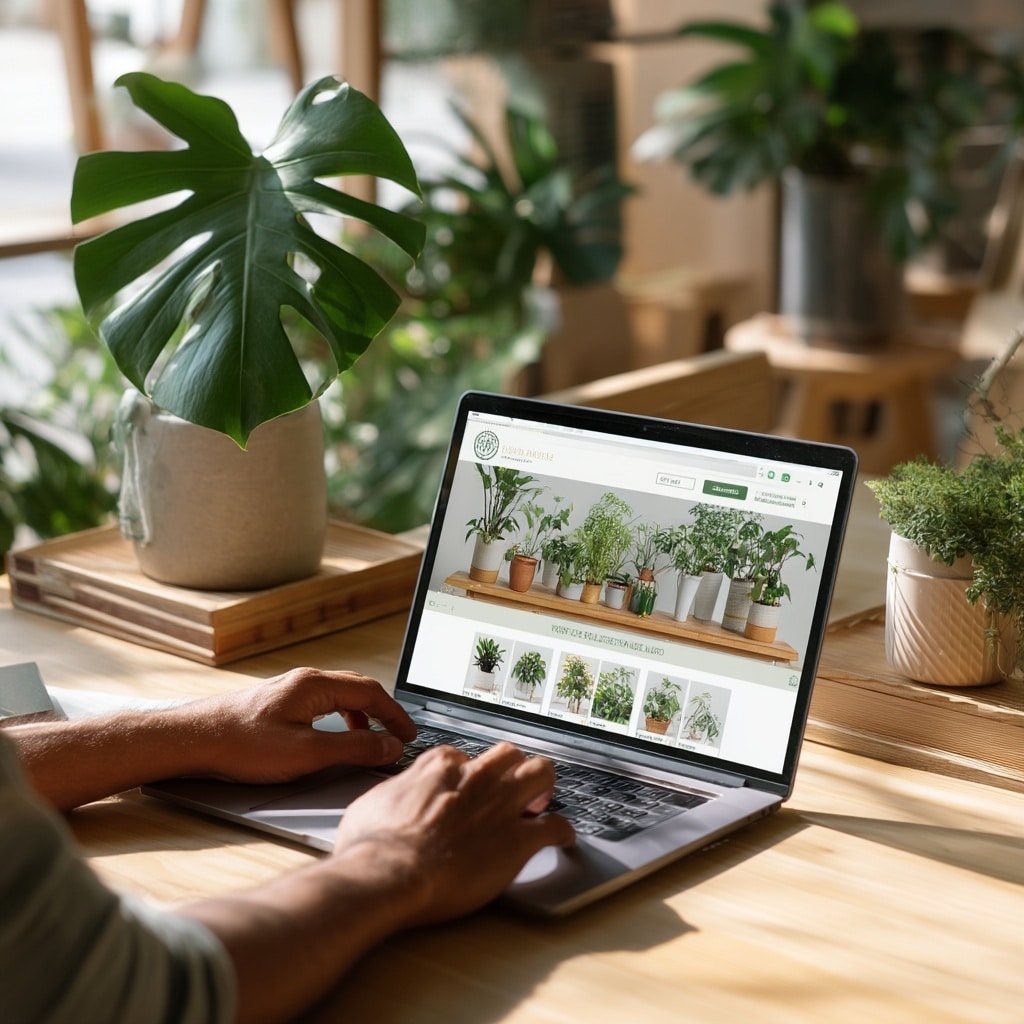
Finding the perfect monstera plant—whether it’s a classic deliciosa or a rare pink monstera—comes down to choosing a reliable source. While local garden centers may carry standard varieties, sourcing unique or healthy plants often requires a bit more care.
Online Nurseries (Best for Rare Varieties)
Reputable online plant stores often offer a wider range of monstera types, including variegated and collector varieties. Many provide detailed care instructions, clear images of the actual plant you’ll receive, and secure packaging to ensure safe delivery.
For example, The Plant Company (NZ) specializes in high-quality plants delivered across New Zealand. Their extensive selection of monsteras includes both classic and rare types, with expert support and care guides included.
Tip: Always check product reviews, return policies, and shipping conditions before buying online—especially for higher-priced or rare plants like the pink monstera.
Local Garden Centers & Plant Shops
Shopping locally allows you to see and inspect the plant before you buy. Look for signs of healthy growth: vibrant, unblemished leaves, firm stems, and no signs of pests. Ask staff about the plant’s care needs and preferred conditions.
While availability of rare types like monstera albo or pink monstera can be limited in-store, some nurseries take preorders or offer seasonal stock—so it’s worth checking regularly.
Plant Swaps & Community Markets
For budget-conscious gardeners or collectors seeking rare finds, plant swap groups and local markets are hidden gems. You might find a monstera cutting or juvenile plant from a fellow enthusiast at a fraction of the cost. Just be sure to inspect for pests and ask about the plant’s growing history.
Social Media Plant Communities
Facebook Marketplace, Instagram plant shops, and online forums are home to many trusted growers and collectors. Search hashtags like #monsteraNZ or #pinkmonstera to find current offerings near you.
Caution: When buying from individuals, ask for recent photos, root status (potted or cutting), and seller reviews to avoid scams or disappointment.
Conclusion: Why a Monstera Plant Belongs in Your Home

A monstera plant is more than just a trendy houseplant—it’s a living statement piece that brings a touch of the tropics into your everyday life. From the popular monstera deliciosa to rare gems like the pink monstera, these plants are adored for their bold foliage, easy-care nature, and interior design appeal.
Whether you’re growing your first indoor plant or expanding your collection with a rare variety, monstera plants offer long-lasting rewards. With proper care and a bit of patience, your monstera will grow into a lush, sculptural beauty that transforms your space.


